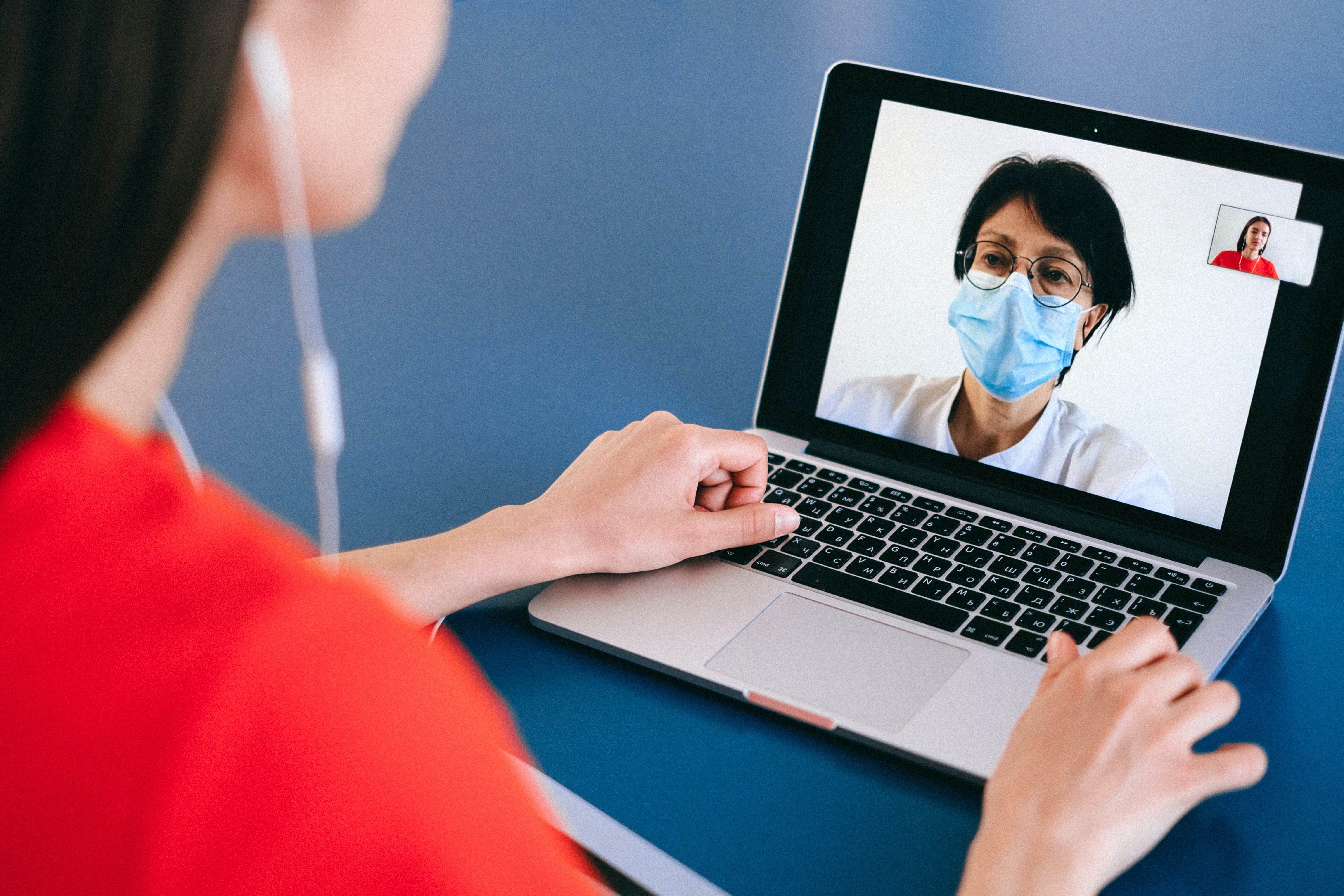
The rate of doctor visits declined dramatically in the beginning months of the COVID-19 pandemic. However, a study in JAMA by Henry J. Kaiser Professor of Health Care Policy Haiden A. Huskamp, PhD, associate professor of health care policy Ateev Mehrotra, MD, MPH, and colleagues reveals that patients already receiving treatment for opioid use disorder (OUD) continued receiving care through telehealth at a steady rate.
Comparing trends in prescription fills, outpatient visits, and urine tests among privately insured individuals in the early months of 2020 and the same months in 2019, the researchers found that while rates for those already receiving treatment stayed consistent, significantly fewer people started new courses to treat OUD during the pandemic. The study also showed that during the early months of the pandemic there was less urine testing across both new and established patients.
“It is encouraging to see that people who were engaged in treatment for opioid use disorder before the pandemic kicked in were still getting needed care during the early months of social distancing and shutdowns,” Huskamp told HMS News. “But it’s concerning that new patients who needed help might not have been getting it, and that important follow-up tools such as urine testing were not being used as often.”
The study highlights that stressors such as unemployment, social isolation, and anxiety about the COVID-19 pandemic likely contributed to increased opioid use and overdose. The researchers suggest that more attention be paid to ensuring that all patients can safely receive care and that new patients do not fall through the cracks during uncertain times.